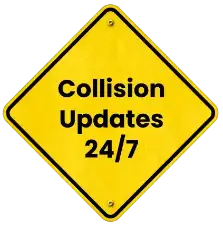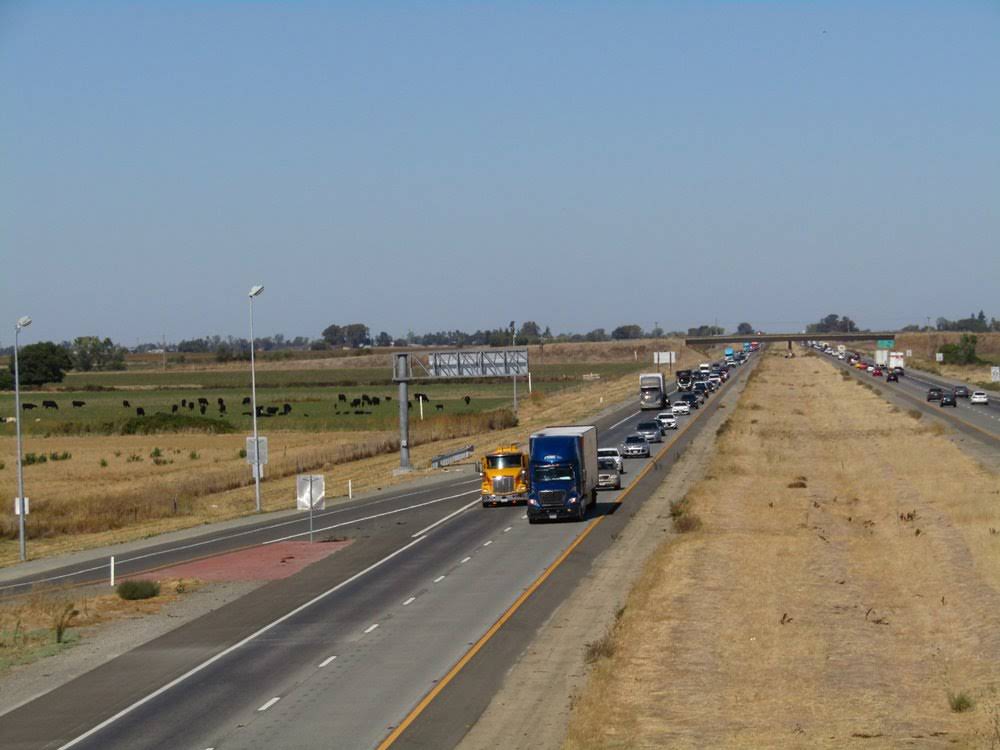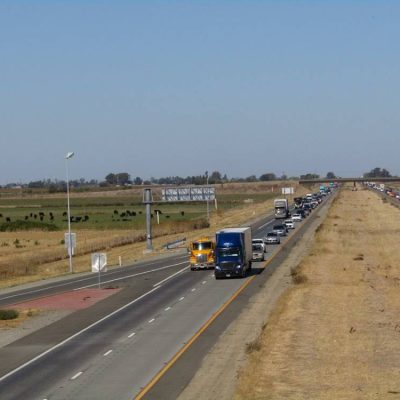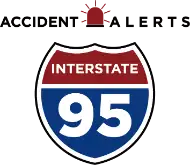
School Bus Accidents on I-95


Interstate 95 (I-95) stretches nearly 1,900 miles from Florida to Maine, serving as the main north–south artery along the East Coast. It connects dozens of metropolitan areas and carries one of the nation’s heaviest traffic volumes. While this corridor is vital for commerce and travel, it also poses serious safety challenges for school buses and passenger vehicles alike.
Each year, thousands of buses share I-95’s crowded lanes with tractor-trailers, commuter traffic, and distracted drivers. Congestion, construction zones, and abrupt lane merges can quickly turn dangerous, especially when buses are transporting children. Although school buses remain one of the safest modes of transportation in the United States, the unique dynamics of school bus crash I-95 incidents demand special attention.
According to the National Highway Traffic Safety Administration (NHTSA), from 2014 to 2023, more than 100 people were killed in school-transportation-related crashes across the country. While only a small percentage of those fatalities involve child passengers, the risk on high-speed highways like I-95 remains significant due to large-vehicle interactions and limited maneuvering space.
Contributing Factors Behind I-95 School Bus Collisions 
The causes of school bus collisions vary, but several patterns have emerged along the I-95 corridor. Heavy truck traffic, frequent merging, and driver distraction remain top contributors. Sudden braking or lane changes in congested areas often result in rear-end impacts or sideswipes involving buses.
The weather also plays a role. Rain, fog, and snow, common to the mid-Atlantic and New England regions, reduce visibility and increase stopping distances. In southern states like Florida and Georgia, high-speed travel during wet conditions creates hydroplaning hazards for larger vehicles, including buses.
Fatigue among drivers adds to the danger. Early-morning or late-afternoon routes often coincide with peak rush-hour congestion. Even a brief lapse in attention can have devastating consequences when buses carrying dozens of children are involved.
While bus drivers undergo extensive safety training, they cannot control surrounding traffic behavior. Many child highway accidents occur when impatient or distracted motorists attempt to pass a stopped or slowing bus, ignoring flashing signals or extended stop arms.
Where and When These Accidents Happen Most
Crash data indicate that school bus incidents along I-95 tend to cluster near urban interchanges and high-density commuter areas. The corridor’s sections through Maryland, Delaware, and New Jersey consistently report higher crash frequencies due to constant lane changes and bottlenecks.
In contrast, rural stretches in the Carolinas and Virginia see fewer crashes but deadlier ones, as higher speeds and limited shoulders make collisions more severe. Afternoon traffic peaks between 2:30 p.m. and 5 p.m., coinciding with student drop-off times and the daily surge of commuters.
The combination of stop-and-go traffic, varying speed limits, and frequent construction zones creates unpredictable driving conditions. When combined with distractions, drivers may fail to notice buses slowing or signaling.
Safety Measures Making a Difference
Federal and state agencies have implemented several programs to reduce school bus crash I-95 incidents. The Federal Motor Carrier Safety Administration (FMCSA) enforces strict maintenance and inspection requirements for school buses that operate across state lines. Meanwhile, state departments of transportation along I-95 have increased signage, installed speed-feedback displays, and launched awareness campaigns targeting distracted drivers.
One effective measure has been the deployment of onboard cameras on buses, capturing footage of vehicles that illegally pass while children board or exit. These recordings help law enforcement issue citations even when patrol officers aren’t present.
New technologies are also enhancing safety:
- Automatic emergency braking (AEB) systems and lane-departure alerts are now standard on many newer buses.
- GPS tracking allows districts to monitor routes in real time and reroute vehicles during accidents or congestion.
Education remains central to prevention. Public campaigns remind drivers to stop for flashing red lights and maintain extra distance behind school buses.
What Parents and Drivers Can Do
Parents can play a key role in reinforcing safe travel habits with children. Encouraging kids to remain seated, use seatbelts where available, and avoid distracting the driver helps maintain onboard safety. Teaching them how to enter and exit the bus carefully reduces risk outside the vehicle.
For other motorists, the most important rule is patience. Buses make frequent stops and require longer braking distances. Drivers should never pass a stopped bus displaying flashing red lights, even on multi-lane highways. The seconds saved by overtaking aren’t worth the potential cost of a child’s life.
Motorists should also remain alert to sudden slowdowns near school zones and suburban exits along I-95, where buses frequently merge or exit during peak hours. Maintaining a safe following distance and avoiding distractions are small but crucial steps in preventing tragedy.
What to Do After a School Bus Accident
When a crash occurs, immediate safety is the priority. Drivers and passengers should move vehicles to the shoulder if possible and activate hazard lights. Call 911 to report injuries and provide details about the number of children or passengers involved.
Parents whose children were on a bus involved in an accident should seek medical evaluation even if injuries seem minor. Authorities typically conduct thorough investigations into school bus crashes, but families may also wish to consult legal professionals who specialize in motor-vehicle injury claims.
Victims of negligence may be entitled to compensation for medical expenses, lost wages, and emotional distress. Documentation such as police reports, witness statements, and photos can be vital in supporting a claim.
Legal Options for Victims of I-95 School Bus Crashes
Crashes involving school buses on interstates can be especially complex, involving multiple insurers and government agencies. Navigating this process requires experience with both state and federal transportation laws.
We can connect you with a skilled I-95 car accident lawyer who can help families recover compensation for injuries sustained in child highway incidents. Legal professionals understand how to investigate claims, negotiate with insurers, and hold negligent drivers accountable.
I-95’s complexity and congestion present ongoing challenges for school transportation safety. Yet, through awareness, enforcement, and improved vehicle technology, progress continues. Drivers who remain alert and respect bus signals contribute directly to the safety of thousands of children traveling this corridor each day.
